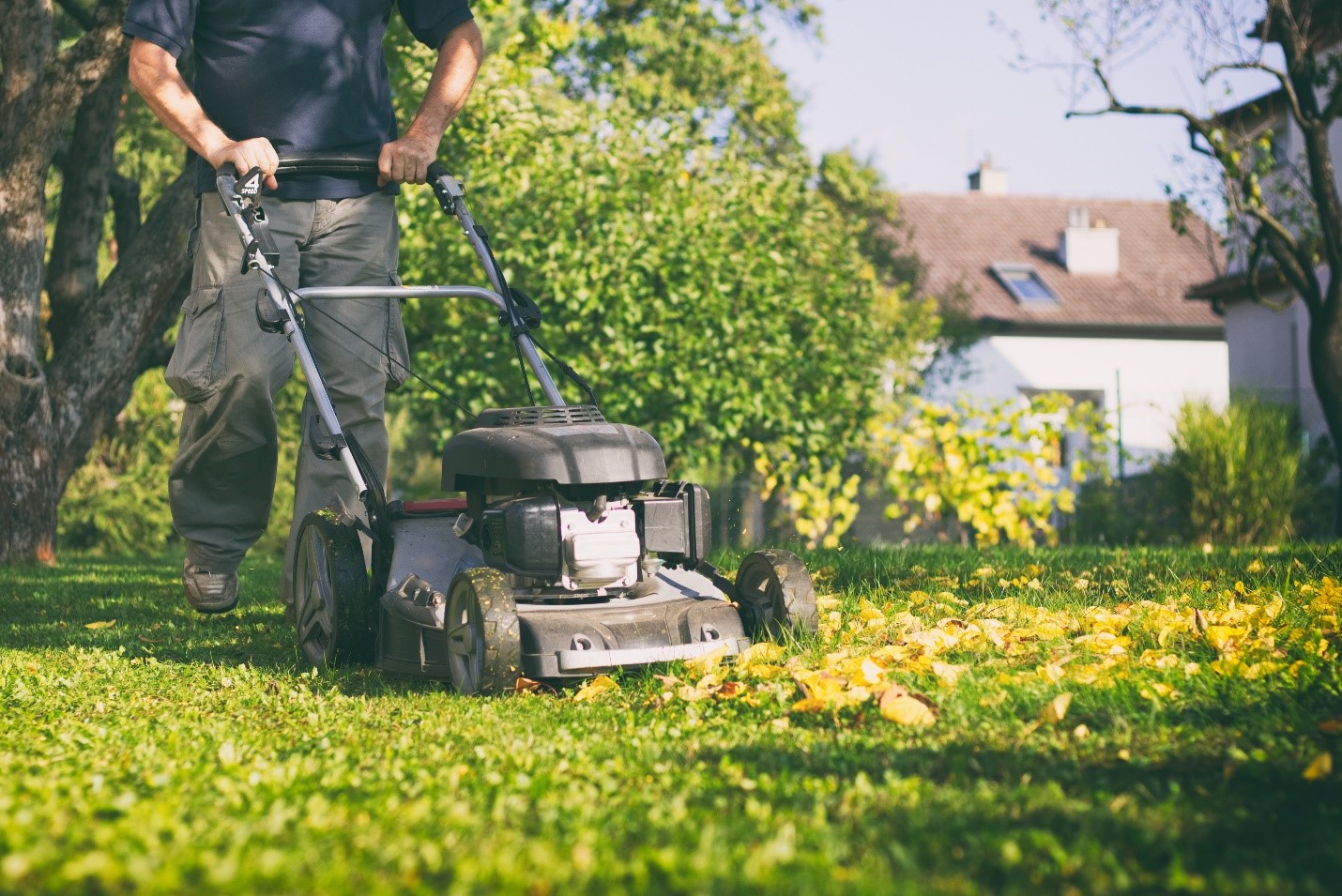How to Prepare Your Lawn for the Winter Months

The dog days of summer are finally behind us, replaced with chilly autumn days and brisk nights. While you may be enjoying a break from your regular mowing schedule, your quest for the perfect lawn is far from over. In fact, the work you do this fall will set the stage for next year’s lawn. Here’s how to prepare your lawn for the coming winter to get the best results next spring.
Know Your Grass Type
The first step to winterizing your lawn is understanding the type of grass you have. Cool-season grasses such as fescue, perennial ryegrass, or Kentucky bluegrass grow best in the cooler, northern areas of the United States.
Warm-season grasses such as Bermuda, centipede, St. Augustine, or zoysia, grow best in the more moderate climate of the American south.
As you might expect, cool-season grasses and warm-season grasses thrive under different conditions. Knowing which type of grass you have will dictate the actions you should take to prepare your grass for the winter ahead.
Perform Fall Maintenance Tasks
Fertilize Cool-Season Grass Lawns
If your lawn is made up of cool-season grasses, fall is the best time to apply fertilizer. Fertilizing in fall provides additional nutrients, which will be stored by the grasses’ roots. When longer days and warm temperatures return, your grass will have extra food reserves to draw on, providing a thick, lush lawn right out of the gate.
When should you apply a winterizer fertilizer?
October or November are the best times to apply winterizer fertilizer to cool-season grasses. This gives your lawn a final feeding before the ground freezes, and grass goes dormant.
By contrast, warm-season grasses often stay green throughout the winter, so they won’t necessarily benefit from fertilizer in fall. If you do choose to add fertilizer, choose a slow-release nitrogen fertilizer designed to provide modest amounts of key nutrients. This slow-release approach encourages steady growth, which helps crowd out pesky weeds.
Don’t Let Leaves Pile Up
Fallen leaves smother grass and provide a haven for insects, fungi spores, and diseases that can affect your grass. That’s why it’s so essential to rake fallen leaves regularly throughout the fall to prevent them from piling up. Tired of raking? Investing in a leaf blower can help you remove large quantities of leaves very quickly.
The mulching attachment on your mower can also come in handy, breaking up leaves into smaller fragments that protect your winter grass and even add nutrients without damaging your lawn.
Aerate Your Lawn
Aerating involves punching small holes in your lawn to remove compacted soil. This provides extra air for the grass and also allows water and nutrients to penetrate deeper into the soil, promoting stronger roots.
There are a variety of tools available to aerate your lawn. For small yards, a pair of aerating shoes with spikes will allow you to aerate your lawn as you walk across it. You can also use pogo stick aerators that push out a couple plugs of soil at a time. For larger lawns, a motorized aerator might work best, but often requires a lot of upper body strength to operate.
Fill In Bare Patches/Overseed
Want to get rid of unsightly bare patches in your lawn? Fall is the best time to plant cool-season grass seed to fill in bare spots or add extra grass to thinning lawns. Grass seed planted in the fall won’t have to compete with spring weeds, giving it a better chance of taking root. And a thicker lawn will naturally crowd out weeds next spring.
For best results, look for grass seed that says “Cool Season” or “Cool Weather” on the bag. Apply grass seed generously with the same type of garden spreader you use to apply fertilizer. Be sure to water your seed generously and keep it moist until the first sprouts appear.
Change Your Mower Blade Height
Once fall weather arrives, you’ll likely be mowing your lawn a lot less. For these last few mows, raise your mower blade to a half-inch above your standard summer mowing height.
When you mow your grass for the final time, however, you should lower the mower blade to a half-inch below your usual mowing height. This final short cut will not only encourage deeper root growth, but also protect your grass from damage and disease over the winter months.
Don’t forget to winterize your mower before you put it away for the season. You’ll thank yourself next spring when your mower is clean and ready for your first mow of the season. Of course, this might also be a great time to consider a new mower, especially if the one you have has seen better days.
While autumn lawn care may not be your favorite way to pass the time, the rewards are well worth the time spent. Your lawn will be greener, thicker, and healthier. Plus, you might even have a few less weeds to pull next season!
At PowerPro Equipment, we make it easier and far more fun to finish your lawn and garden chores. With a full line of mowers, landscape equipment, tractors, and chainsaws, we’re here to help you take on the toughest jobs with quality equipment built for the long haul. Visit our showroom in New Holland or any of our Central PA locations to see our brands and talk with our experts.
